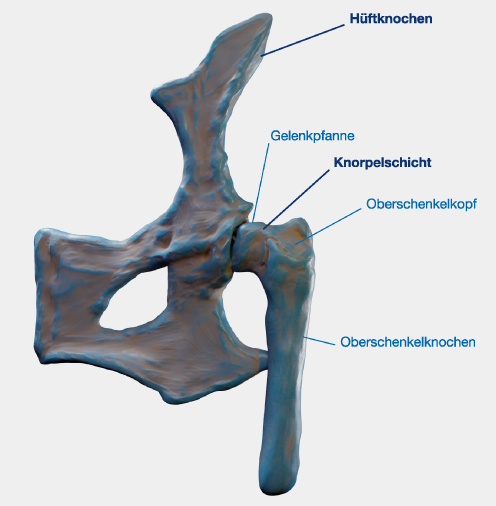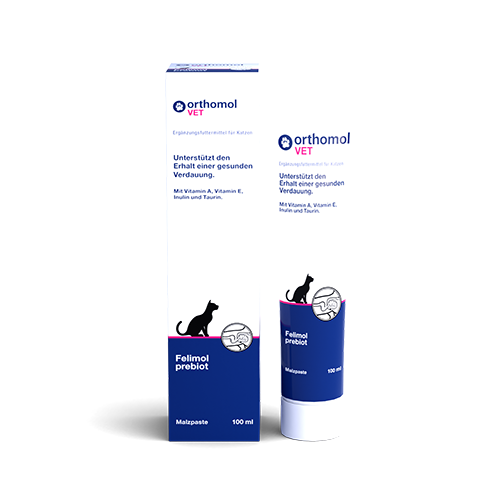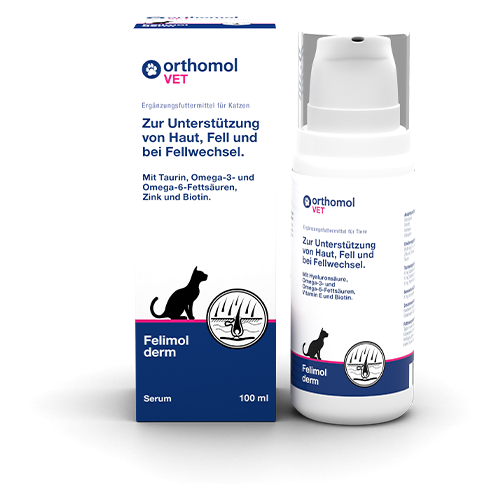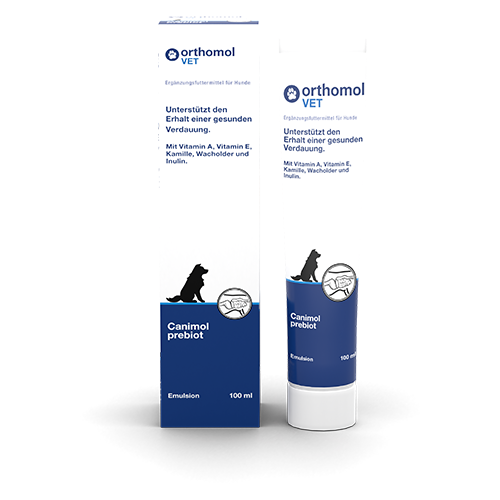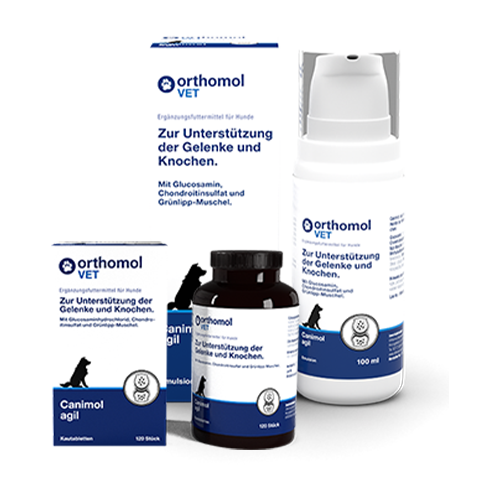Orthomol VET — Complementary pet food
They are loyal and grateful, and they fit perfectly into the life of their human “pack”. However, we are often able to rely on their special skills as well. When it comes to sniffing out scents, they act like little detectives. And so they are regularly called on to perform very special services. As sniffer dogs, as avalanche rescue dogs or as sheepdogs, and they can even detect diseases in humans. In other words, we can truly depend on our furry four-legged friends!
- There are about 346 recognized types of dog breeds.
- Dogs can only see different grey shades and are unable to see colours.
- Their sense of smell is about a million times better than a human’s.
- A dog’s normal body temperature is between 37.5 and 39 °C.
- Its Jacobson's organ in the roof of the mouth allows smells to be “tasted”.
- Touching a dog can calm its pulse and breathing, and therefore soothes the animal overall.
- Dogs can sense the Earth’s magnetic field, and they “do their business” in alignment with it.
- Both male and female dogs reach sexual maturity between the ages of 7 and 14 months.
- In Germany alone there are approx. 8.6 million dogs as house pets.
- The natural diet of a wild dog consists of not just prey, but also roots, leaves, grasses and fruits.
- Several typically human foodstuffs are poisonous for dogs. These include chocolate (theobromine poisoning), onions, grapes and raisins (grape poisoning). Certain sweeteners are also very poisonous for dogs (e.g. xylitol).
Would you like to find out more?
Here is a list of foods that can be poisonous for dogs – and also those that can benefit them.
Although dogs are similar to humans in several respects as a fellow mammal, their problem zones are focused on the hock and hip joints. The picture below shows the different parts of a dog’s anatomy. You will see that a few body parts have different names to the human body. Please note that these names can differ depending on the breed of dog.
Let’s take a closer look:
Some breeds of dog generally display physical weakness due to overbreeding. And some problems with the locomotor system affect certain breeds but not others. There are also general problems that can be experienced by all breeds.
Older animals are especially likely to experience certain signs of wear and tear. Their joints are affected most often, with the hip joint and elbow particularly vulnerable to wear. Again, there are differences between the breeds of dog here as well. In general, you can say that larger dogs tend to suffer from problems more than smaller ones.
Overbreeding has caused some breeds of dog to suffer from general physical weakness. And certain breeds experience problems that others don’t. Nevertheless, there are also general problems that can be experienced by all breeds.
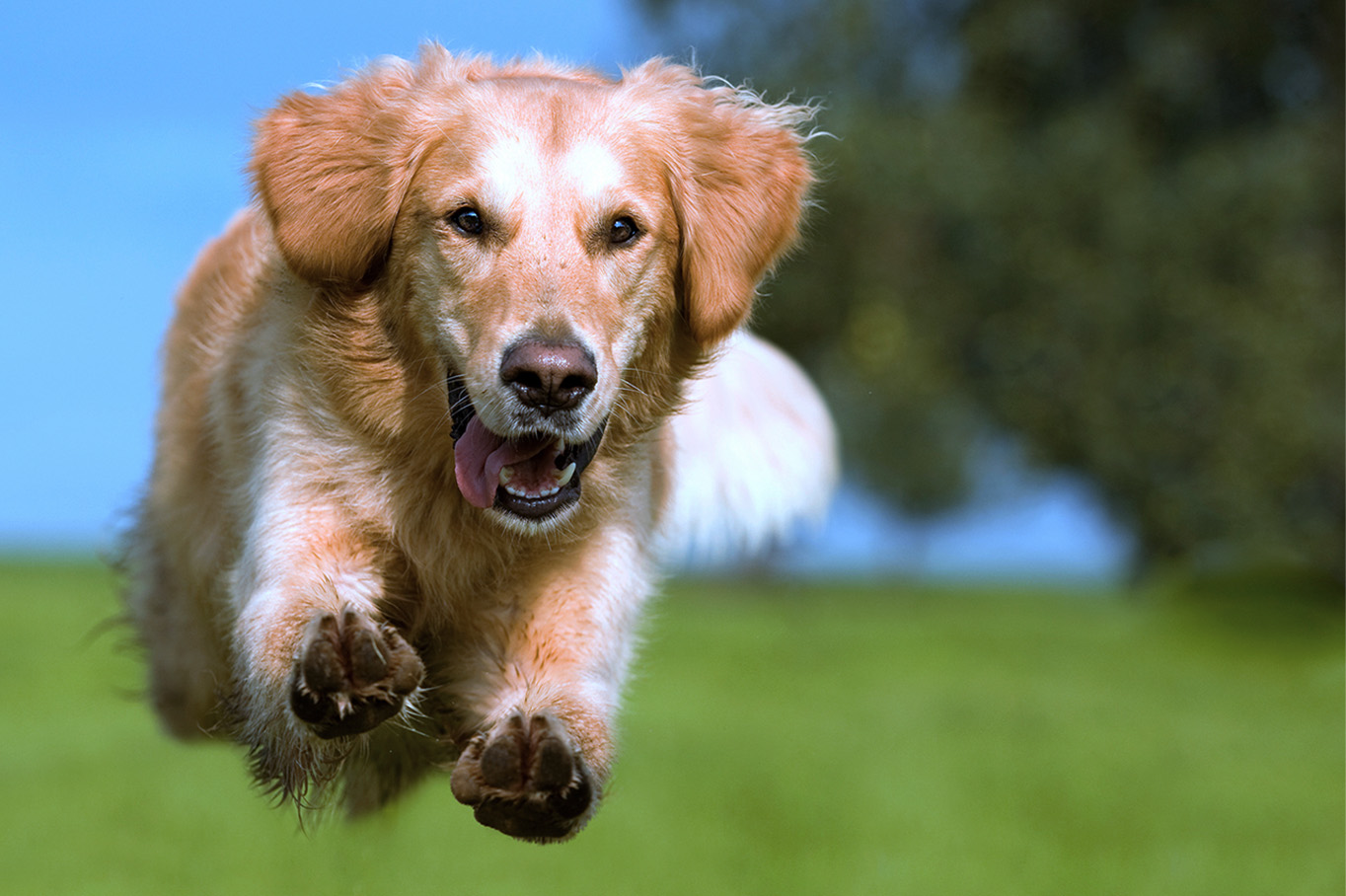

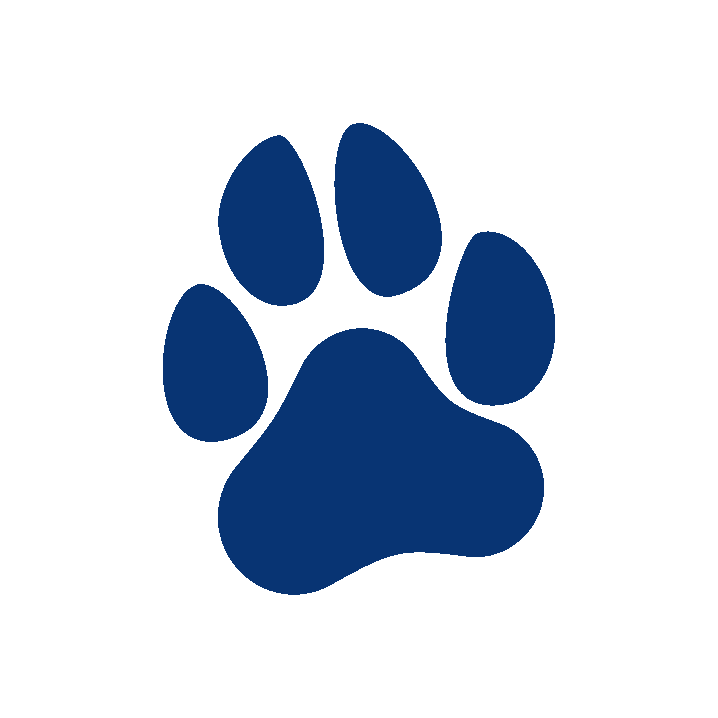
- Joint overload
- Arthritis (joint inflammation)
- Physical injuries
- Lack of exercise
- Hereditary limb deformity
- Malnutrition
Your dog: Always in good hands.
Joint problems, fur loss or muscle strengthening: The supplementation of nutrients has become a fixed component of a healthy diet for both dogs and cats. Even though many dog and cat owners always want the best for their little four-legged friends, our world has changed and our pets are also exposed to many environmental factors. Your pet is important to us! And so we offer you support with products from Orthomol VET.
Orthomol VET — Complementary pet food
They are loyal and grateful, and they fit perfectly into the life of their human “pack”. However, we are often able to rely on their special skills as well. When it comes to sniffing out scents, they act like little detectives. And so they are regularly called on to perform very special services. As sniffer dogs, as avalanche rescue dogs or as sheepdogs, and they can even detect diseases in humans. In other words, we can truly depend on our furry four-legged friends!
- Es gibt 346 anerkannte Hunderassen.
- Dogs can only see different grey shades and are unable to see colours.
- Their sense of smell is about a million times better than a human’s.
- A dog’s normal body temperature is between 37.5 and 39 °C.
- Its Jacobson's organ in the roof of the mouth allows smells to be “tasted”.
- Touching a dog can calm its pulse and breathing, and therefore soothes the animal overall.
- Dogs can sense the Earth’s magnetic field, and they “do their business” in alignment with it.
- Both male and female dogs reach sexual maturity between the ages of 7 and 14 months.
- In Germany alone there are approx. 8.6 million dogs as house pets.
- The natural diet of a wild dog consists of not just prey, but also roots, leaves, grasses and fruits.
- Several typically human foodstuffs are poisonous for dogs. These include chocolate (theobromine poisoning), onions, grapes and raisins (grape poisoning). Certain sweeteners are also very poisonous for dogs (e.g. xylitol).
SIE MÖCHTEN MEHR ERFAHREN?
Here is a list of foods that can be poisonous for dogs – and also those that can benefit them.
Obwohl der Hund als Säugetier dem Menschen gegenüber einige Ähnlichkeiten aufweist, liegen die Problemzonen allerdings anders verteilt.
Nachstehend ist schaubildhaft die Anatomie des Hundes abgebildet. Es werden bestimmte Benennungen der Körperteile gezeigt, die oft von denen der humanoiden Lebewesen abweichen. Bestimmte Problembereiche sind farblich gekennzeichnet. Hier sei zu erwähnen, dass es züchtungsspezifisch sehr verschieden sein kann.
Let’s take a closer look:
Einige Hunderassen weisen grundsätzlich körperliche Schwächen durch Überzüchtung auf. Auch bestimmte Abnutzungs-erscheinungen des Bewegungsapparates treten bei einigen Hunderassen oft und bei anderen Rassen gar nicht auf. Wir beschränken uns auf die allgemeinen Probleme, die jedes Tier betreffen können
Gerade bei älteren Tieren sind angelehnt an den menschlichen Körper, bestimmte Abnutzungserscheinungen nicht unwahrscheinlich. Im Bereich der Gelenke entstehen oft Probleme. Besonders betroffen sind die Hüftgelenke und die Ellenbogen. Aber auch hier sind wieder rassenspezifische Unterschiede festzustellen. Grundsätzlich kann man sagen, dass großwüchsige Hunde stärker von Gelenkproblemen betroffen sind als kleinere Artgenossen.
Einige Hunderassen weisen grundsätzlich körperliche Schwächen durch Überzüchtung auf. Auch bestimmte Abnutzungserscheinungen des Bewegungsapparates treten bei einigen Hunderassen oft und bei anderen Rassen gar nicht auf. Wir beschränken uns auf die allgemeinen Probleme, die jedes Tier betreffen können.
Gerade bei älteren Tieren sind angelehnt an den menschlichen Körper, bestimmte Abnutzungserscheinungen nicht unwahrscheinlich. Im Bereich der Gelenke entstehen oft Probleme. Besonders betroffen sind die Hüftgelenke und die Ellenbogen. Aber auch hier sind wieder rassenspezifische Unterschiede festzustellen. Grundsätzlich kann man sagen, dass großwüchsige Hunde stärker von Gelenkproblemen betroffen sind als kleinere Artgenossen.
- Joint overload
- Arthritis (joint inflammation)
- Physical injuries
- Lack of exercise
- Hereditary limb deformity
- Malnutrition
Joint problems, fur loss or muscle strengthening: The supplementation of nutrients has become a fixed component of a healthy diet for both dogs and cats. Even though many dog and cat owners always want the best for their little four-legged friends, our world has changed and our pets are also exposed to many environmental factors. Your pet is important to us! And so we offer you support with products from Orthomol VET.

